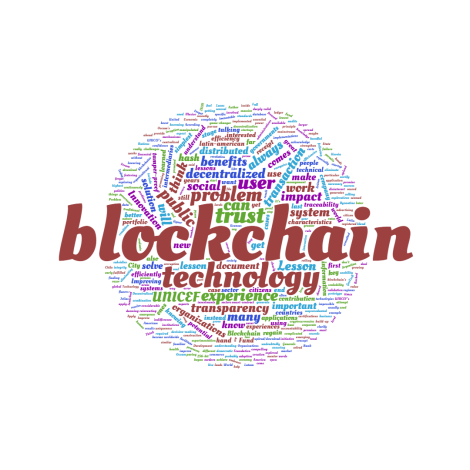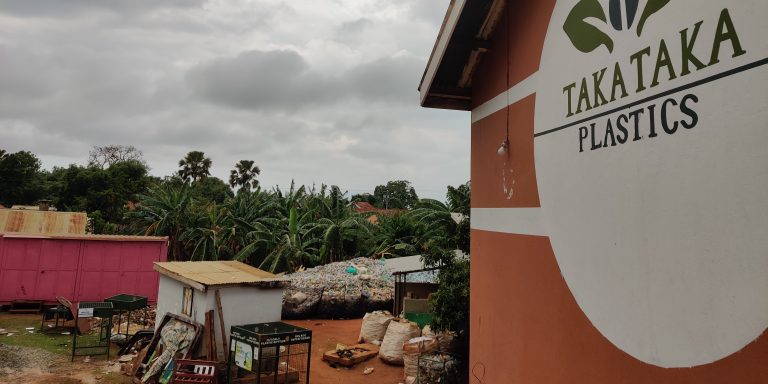In 2017, we began exploring the potential of blockchain technology to improve transparency levels, facilitate audits, strengthen accountability and regain trust in Latin American governments. Latin America has the highest rates of corruption, the lowest level of trust in public institutions, and a continuously growing indifference from citizens to democratic regimes.
Ten years after blockchain’s emergence, its promise is far from being fulfilled.
On the other hand, the irruption of blockchain in 2009 promised a revolution for the economy as we know it, eliminating intermediaries and lowering transaction costs between people and organizations. In other words, blockchain implied the reinvention of trust. This concept seemed to spread through the financial world, and also in other areas such as politics, commerce, health and advertising. Ten years after blockchain’s emergence, its application to cryptocurrencies has undoubtedly been an unprecedented innovation, but its promise is far from being fulfilled in other sectors.
Today, there’s a handful of blockchain use cases worldwide that have a considerable social impact, paving a new way to do things. Organizations such as UNICEF, the World Economic Forum, the Inter-American Development Bank, and Avinas Foundation have been deeply involved in fostering blockchain experiences, many of which have promising results. For example, UNICEF Innovation launched an initiative last year to fund and mentor startups from emerging countries to solve global challenges using blockchain technology. These investments are part of UNICEF’s larger blockchain explorations for smart-contract applications on organizational efficiencies, distributed decision-making processes, and knowledge base build-up for the understanding of the distributed ledger technology, both inside the United Nations and in the countries where UNICEF works.
We recognize there’s still a great deal of lessons to be learned and failure ahead of us. So, more than deeming success, this is the result of experimentation.
Backed by these organizations, and more recently becoming a UNICEF’s Innovation Fund portfolio company, we have explored blockchain implementations in the Latin American public sector as an attempt to help them regain public trust, boost efficiency and embrace transparency. Herein, we include our top four lessons learned during the last two years of using this technology. It’s important to clarify that blockchain is still an early stage technology when it comes to the public sector, and that we recognize there’s still a great deal of lessons to be learned and failure ahead of us. So, more than deeming success, this is the result of experimentation.
Lesson one: Apply Occam’s Razor
Use blockchain only when it is the simplest solution. There are several technologies that can solve problems similar to those solved by blockchain. Think of uniqueness, shared trust, or tamper-proof records. Many times, a traditional database or a traceability or management system can solve the problem more efficiently.
Blockchain has yet to become the game-changer that some people expect. A key for finding value is to apply the technology that follows from the Occam principle: only when it is the simplest solution available. This is an important lesson for organizations that pursue social impact, because it’s easy to think about technology first and completely forget about the problem at hand. This leads us to lesson two.
Lesson two: Forget about blockchain until you really know the problem
Fall in love with the problem, not with the technology that promises to work it out for you. We often think in a reverse manner, so what comes first is, “I want to use blockchain, but I don’t know yet, why or how.” Instead, we should start by clearly knowing what the problem is, then consider how to blend it with technology. We have to understand the nature of the problem and then evaluate if the characteristics of a decentralized system like blockchain can resolve it.
Fall in love with the problem, not with the technology that promises to work it out for you.
Stop talking about the technical aspects of blockchain and start talking about its benefits. The end user (the citizen) is not interested in knowing what a proof of work, a hash or the Byzantine Generals’ Problem is. We should be interested in its benefits; in ensuring that the information hasn’t been manipulated, or that we can make a transaction having the confidence that the system will work.
Lesson 3: Decentralized is not always better
We tend to think that decentralized systems are always better, and that is not always the case. The great contribution of blockchain has been the creation of a distributed governance system, but its benefits to the real world have to do with the particular characteristics of each market or business. Technology does not always eliminate intermediaries, but often generates new ones with a greater contribution to society. According to our experience, we must get used to think about the combination of centralized systems (the State) with decentralized ones (blockchain) and how to make them cooperate and work efficiently.
Lesson 4: Improve your user experience (UX)!
Maybe the most important lesson thus far is this: It is impossible for blockchain to go mainstream if we don’t provide a compelling experience. If our goal is that the end user understands the power of a hash, a transaction ID, or a JSON file, we will probably never get blockchain rolling out of its prototype stage. Improving the user experience to see ‘trust,’ instead of a 256-bit key, is essential to achieve scalability and usability of decentralized applications. Most of the experiences with blockchain need to avoid getting too technical for the user and instead make them feel different, but familiar and secure about the integrity of the information being consulted.
Consider that in many cases, a four-step process is required to certify a document’s validity. That is too complicated for modern standards.
Consider that in many cases, a four-step process is required to certify that a registered document in the blockchain is valid. One, upload or download the document; two, download the receipt; three, get the hash; and then, four, upload again both the document and the receipt of said transaction. This is too complicated and specific for modern standards, prone to both human error and disinterest. Improving the user experience is a necessary condition for the massive adoption of this technology.
Having implemented blockchain for tracing subsidies in Argentina, tamper-proof open data certifications in Chile, and liquor licenses and construction permits in Mexico, we can say that blockchains’ social impact will come in many flavors. Blockchain will prove itself a solution if the use case benefits from decentralization, immutable records, transparency and validation. But also we should not rule out its potential as a tool of efficiency and transparency for governments, especially to generate new trust mechanisms between public administrations and their citizens.
About the Author
Lucas Jolías heads Latam of OS City, a GovTech startup focused on blockchain and AI for social impact. OS City is a UNICEF Innovation Fund portfolio company.

